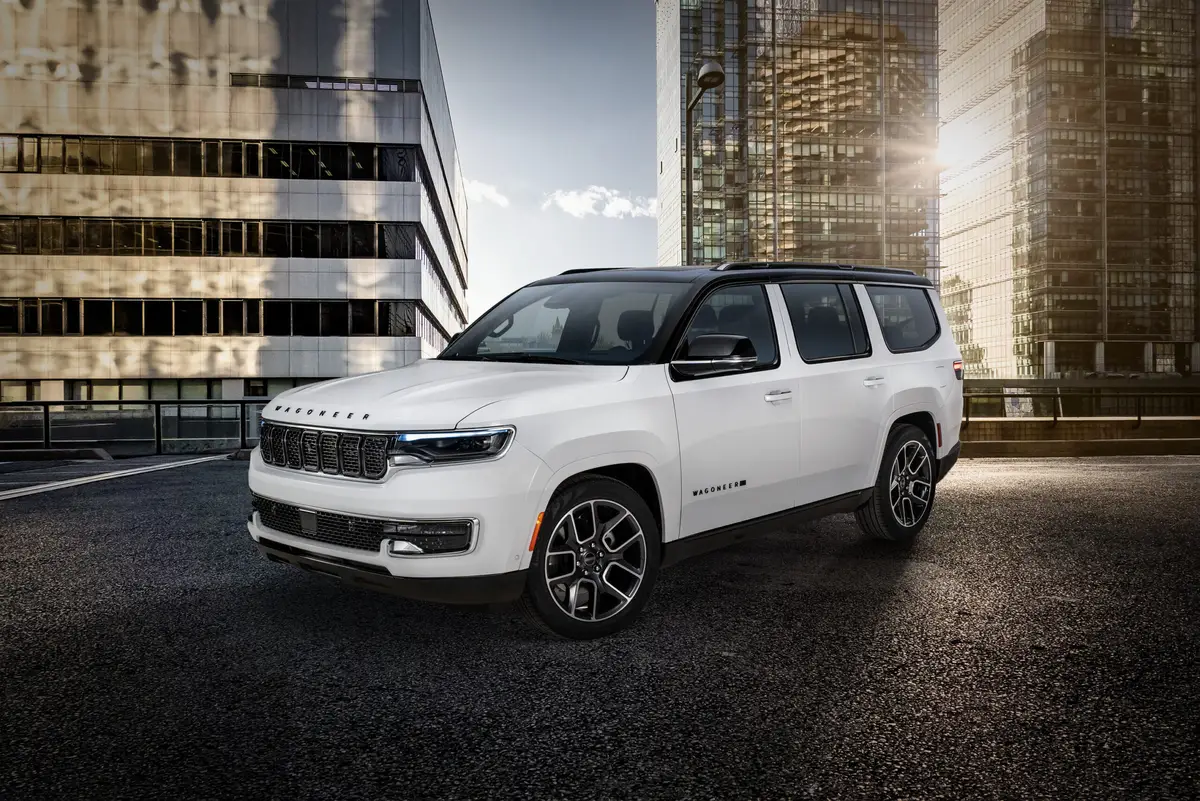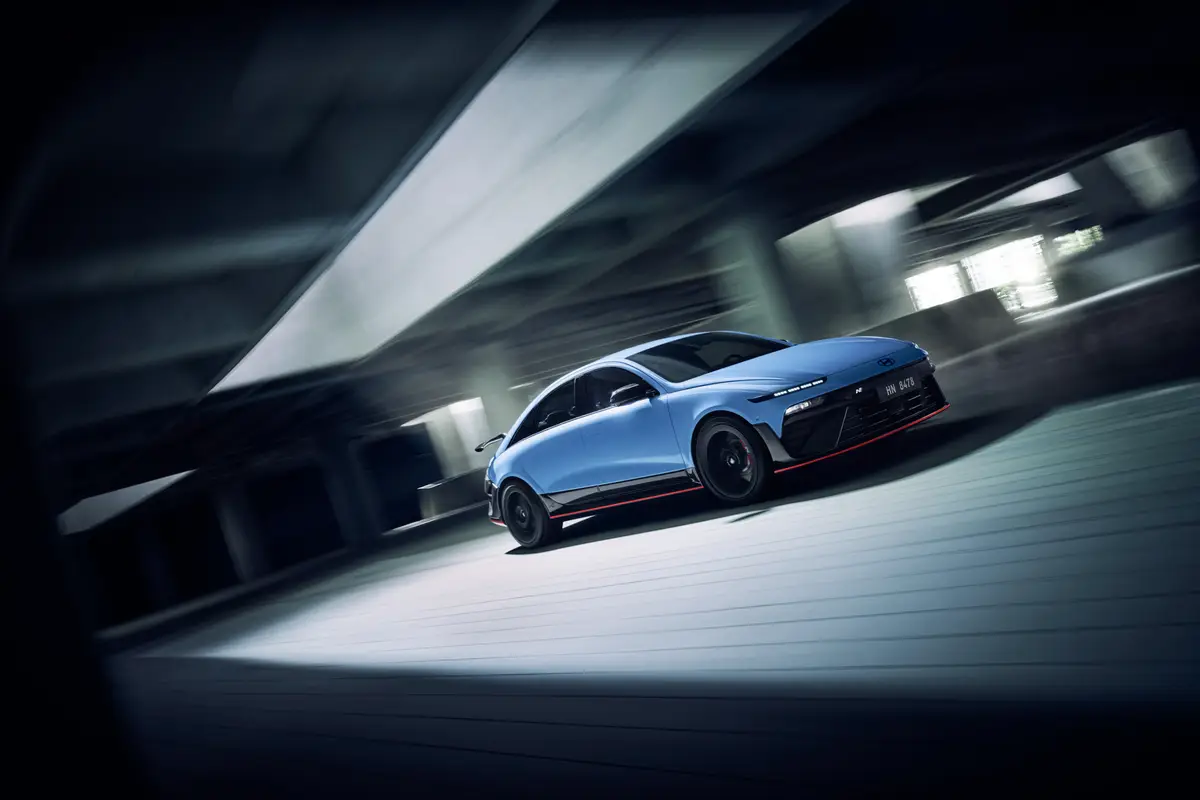chicagotribune.com's view
Automakers typically take one of two approaches to bringing out a replacement for an old car.
One is to unveil a hunk of reshaped sheet metal that looks totally different than the former machine, but acts just the same despite the makeover. The automaker wins lots of oohs and aahs and consumers flock to the showroom. Initial sales spurt skyward and plans are made to boost production and raise prices to take advantage of the surge.
Within a few months, however, word circulates that underneath the exotic exterior beats the heart of the same old car. Production is cut back, incentives are added to move stockpiles of the hardware now sitting idle in showrooms, and the manufacturer starts promoting leasing to get the cars off lots and into driveways.
The other approach to introducing the next generation of an old car is to bring out a vehicle with a somewhat fresh design that does little in the way of making a fashion statement but makes dramatic progress in technology and engineering innovation. Rather than focus on physical allure, the automaker recognizes the faults of the old machine based on feedback from customers and makes the necessary changes needed to bring people back.
When the ’95 Maxima GXE that went on sale last month arrived for tests, it was obvious Nissan had adopted the latter game plan. When it comes to styling appeal, Maxima is . . . well, if it was your kid you’d tell friends, “He gets really good grades in school.” Maxima is bland.
Fact is, if you haven’t noticed in recent years, all Japanese cars now look alike and share the same design sterility. The U.S. automakers were criticized a few years back for building look-a likes. Now the bumper is on the other foot. You can’t tell the Japanese players without a scorecard to separate the $20,000 pretenders from the $30,000 contenders.
If Maxima was in a beauty contest, the best it could do is vie for the congeniality title. Design was a joint effort between Nissan in Japan and the U.S., and compromises typically turn out this way.
Inside the cabin and under the skin is a different story. Maxima had been a bit tight and cramped; now it’s spacious. While overall length stayed the same, at 187 inches, wheelbase was extended 2 inches, to 106.3 inches, while width and height also grew. The panoramic view from the front seat is like looking out the window of a Greyhound Bus. Leg, head and arm room are abundant.
While room and comfort are necessities, safety is an obligation. Maxima comes with dual air bags and antilock brakes, though, sadly, the bags are standard but ABS is a hefty $995 option.
The engine is new. The 3-liter, 24-valve V-6 is an aluminum alloy powerplant that’s 20 percent lighter, 10 percent smaller, yet develops 190 h.p. versus 165 h.p. in the 3-liter V-6 it replaces. Despite the added pep, the fuel-economy rating rose to 21 m.p.g. city/28 m.p.g. high way from 19/25 on the 1994 version.
The new V-6 is the same engine in all three Maximas, the GXE, GLE and SE. It’s superquiet and very smooth. There’s no hesitation when you press the pedal, no groan or moan on the hills.
Nissan boasts that Maxima incorporates a multilink beam suspension for ’95, which it says improves handling and stability by minimizing camber (angle of tilt of the wheels) change during cornering. With less camber change, Nissan said it was able to incorporate softer bushings, springs and shocks to improve ride comfort.
The suspension system’s compact design allows for greater rear seat and trunk room. And the compact design means fewer mounting points, which means less road noise coming back into the cabin. Maxima sits flat and holds a straight line when the road doesn’t-and does so quietly.
The trunk is massive. And the lid not only opens at what appears to be a 90-degree angle and with hinges spaced out of the way toa low for easy entry, but the it holds itself open at several heights so that it won’t fall on your head while stowing groceries.
GXE’s base price with automatic is $20,999 versus $19,999 with 5-speed manual.
Standard equipment includes power brakes and steering, dual-power remote-control mirrors, digital clock, non-CFC air conditioning, power windows with driver’s side express down, power door locks, tilt steering, cruise control, cupholder, center console armrest, overhead map lights, body-colored grille/bodyside moldings, rear-window defroster, side-door impact protection that meets ’97 standards, child-safety rear door locks, spring-held hood, and AM/FM stereo radio with cassette and power antenna.
Our test car came with limited but costly options: ABS for $995; power sunroof for $899; security and convenience package (power driver’s seat, remote keyless entry, power trunk release, illuminated visor mirrors, intermittent wipers, chrome tailpipe) for $700; upgraded Bose sound system with CD player for $799. A cold-weather package with heated front seats, heated outside mirrors, heavy-duty battery and a low windshield-washer-fluid warning light costs $199 but wasn’t added. Add $390 for freight.
The new Maxima will serve as the basis for a new Infiniti from Nissan, reportedly the 1995 update for the current G20 sedan. It will represent a vast improvement for the G20 and mean stiff competition for the rival Lexus ES300 built off the Toyota Camry.
Latest news



